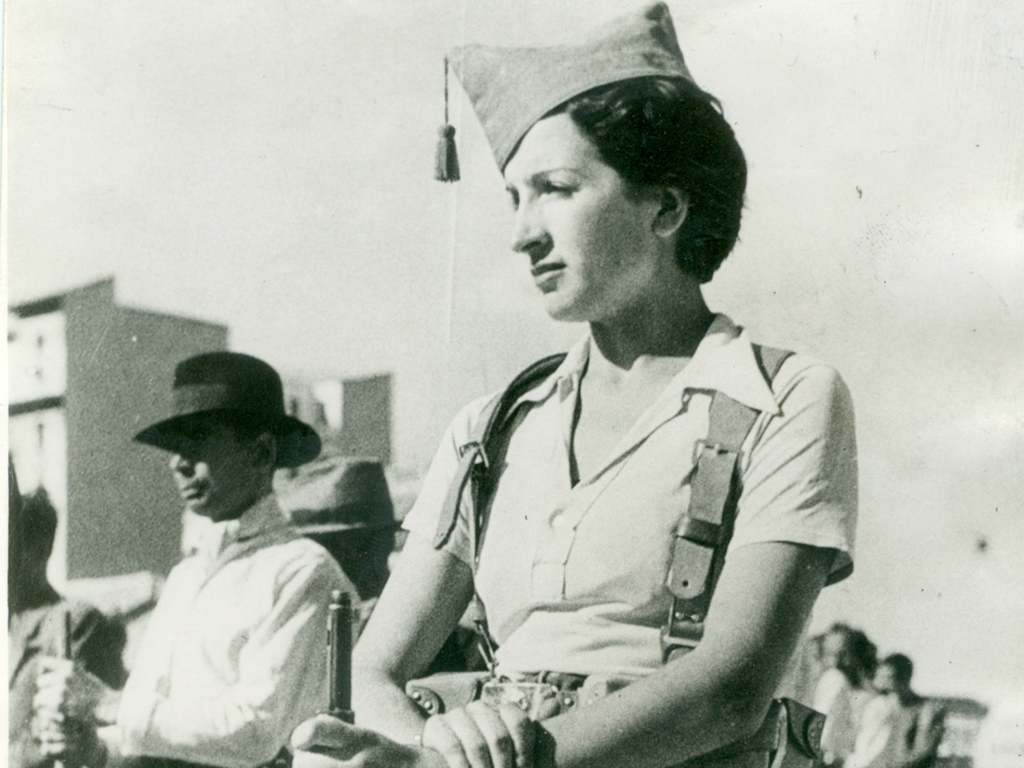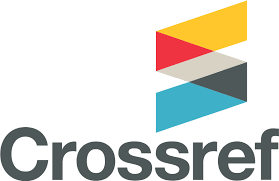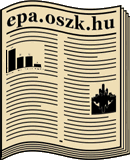Recontextualizations of press prints from the Spanish Civil War in interwar Hungary
DOI:
https://doi.org/10.15170/PAAA.2021.08.02.06Keywords:
archive, photo history, reproducibility, press print, press photo, spanish civil warAbstract
My paper focuses on the dissemination of press prints about the Spanish Civil War in interwar Hungary. I raise questions on the spread of visual information on the conflict by the cross-border network of photographic agencies. Thanks to reproducibility, these prints might have been kept in various archives worldwide but with different trajectory even if their versos often hold the same German, French or English captions issued by an agency. As press prints, cut, sometimes retouched and recaptioned, they were once used by the press for different audience and as artefacts of museum collections today, they have been linked to various national and cultural contexts, but with possibly different meanings. Through the cases of recontextualization this paper seeks to elucidate the special in-between position of press prints that are unique objects and reproduced images at the same time.
Photo: Hungarian National Museum
Downloads
References
Batchen, Geoffrey: Repetition and Difference. The Dissemination of Photography (1). Zhuangshi. Chinese Journal of Design (2013): 240. 62–71. (http://en.izhsh.com.cn/doc/10/185. html) [2021.08.22.]
Bodnárné Takács Erika: A spanyol polgárháború a korabeli magyar sajtó tükrében. Jel-Kép 7. (1986):2. 137–147.
Bognár Katalin: Fényképalbumok Rákosi Mátyás születésnapjára. A vizuális propaganda a dolgozó nép kezében. Korall 19. (2018):73. 145–170.
Dell, Simon: Mediation and immediacy. The Press, the Popular Front in France, and the Spanish Civil War. In: The Mexican Suitcase. The rediscovered Spanish Civil War negatives of Capa, Chim and Taro. Ed. Young, Cynthia. New York, 2010. 37–49.
Edwards, Elizabeth: A fényképészet újraértelmezése a néprajzi múzeumban. (Ford. Varga Judit.) Néprajzi Értesítő, 84. (2002), 39–55. (Eredetileg: Rethinking photography in the ethnographic museum. In: Edwards, Elizabeth: Raw Histories: Photographs, Anthropology and Museums. Berg, 2001. 183–209.) || [DOI] https://doi.org/10.4324/9781003086505-11
Fisli Éva: Fényképtárgy. Mi van a szó mögött? In: Fényképtárgy/Material photograph. Szerk. Fisli, Éva. Budapest, 2020. 7–15.
Jalsovszky Katalin: Dr. Szántó Rezső spanyol polgárháborús fényképfelvételeinek katalógusa. In: A Magyar Munkásmozgalmi Múzeum Évkönyve. 1977/78. Szerk. Esti Béla. Budapest, 1979. 5–55.
Jalsovszky Katalin: Magyar önkéntesek a spanyol polgárháborúban. (Fényképkatalógus.) In: A Magyar Munkásmozgalmi Múzeum Évkönyve, 1983. Budapest, 1984. 97–212.
Jalsovszky Katalin – Tomsics Emőke: Ablak a világra. A Magyar Nemzeti Múzeum Történeti Fényképtárának nemzetközi gyűjteménye. Fotóművészet 52. (2009):4. 104–125.
Joschke, Christian: Le marché transnational des images politiques. Le Secours ouvrier international dans le contexte des agences photographiques soviétiques (1924–1933). Études Photographiques (2017):35. 61–87.
Kincses Károly– Kolta Magdolna: 97 év a XX. századból: Stefan Lorant. Budapest, 1997.
Szarka Klára: Ez nem is szakma – több annál. Nádor Ilona fotóriporter (interjú). Fotóművészet 44. (2001):3–4. 3–16.
Verbin, Rachel: Photographic Retouching. The Press Picture Editor’s „Invisible”Tool 1930–1939. A Study Of Retouched Press Prints From The Art Gallery Of Ontario’s British Press Agencies Collection. Master’s Thesis. Ryerson University. (http://digital.library.ryerson.ca/islandora/object/RULA:1562) [2020.12.21.]
Woolf, Virginia: Három adomány. Ford. Séllei Nóra. Budapest, 2006.

Downloads
Published
How to Cite
Issue
Section
License

This work is licensed under a Creative Commons Attribution-NonCommercial-NoDerivatives 4.0 International License.










